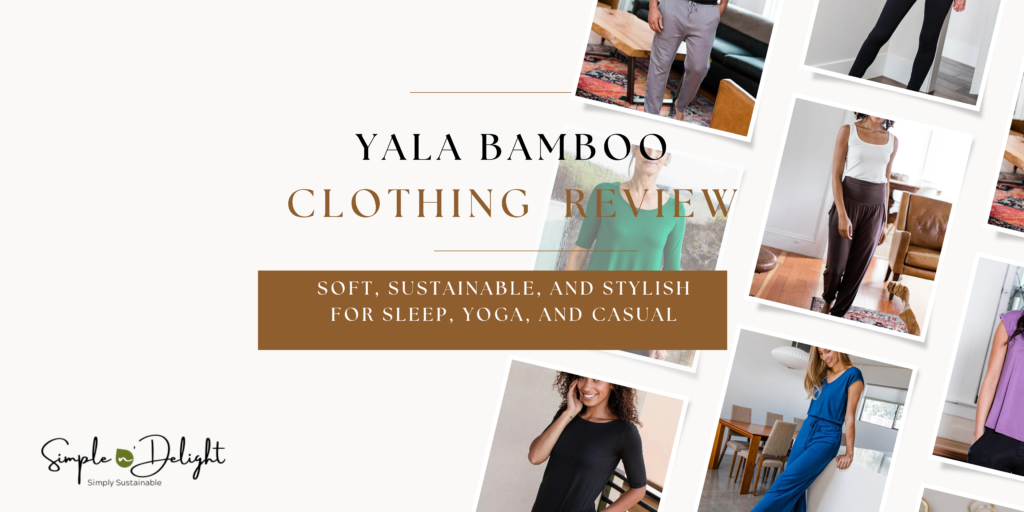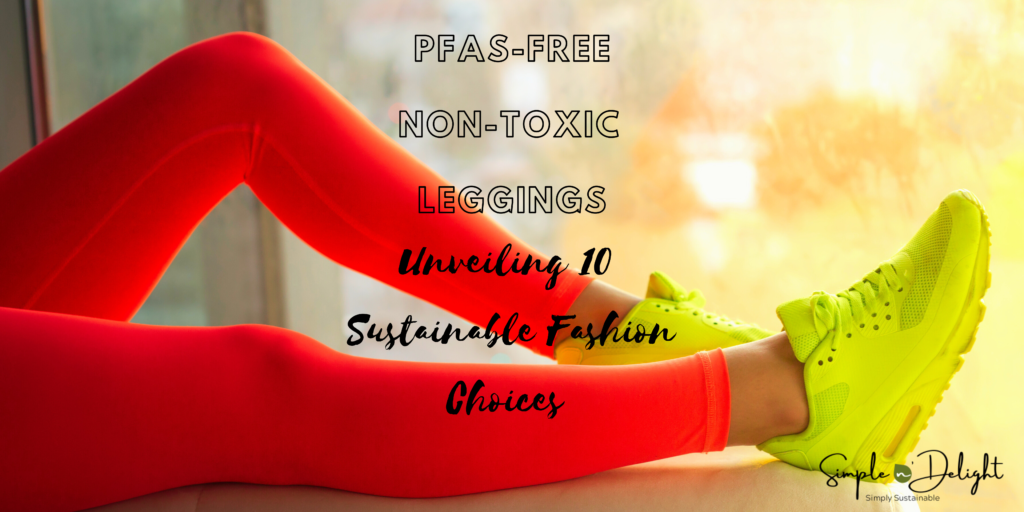What is a Natural Skincare Routine?
As an Amazon Associate, I earn from qualifying purchases with the links provided in this article. In no way does this affect our description or review of their products.
A natural skincare routine is a daily practice to care for facial skin using naturally derived products that are free of harmful additives.
For years I struggled with severe acne in my 20s and early 30s. I thought the answer was to find products to dry out the acne, but instead I ended up with weather skin. I tried a TON of different products. I would pop, press and put on a bunch of different over-the-counter solutions in hope that my skin would one day improve. I tried dermatologists, acne clinics and even the forbidden Accutane. In hindsight, I see what solved my problem. My acne and bad skin was a result of unbalanced hormones from a poor diet, synthetic skin care products, and general lifestyle choices.
In order to change my skin, I needed to change my routine. After a years of struggle, I researched better ways to solve my skin care dilemma. Combined with stress reduction, diet changes, and beauty routine changes, I was able to change my skin for the better.
Here I share with you the natural skin care routines that I came across in my plight for better skin. Although some of the links in this article are affiliate links, meaning we may earn a small commission for suggesting them, we have done our best to suggest only the best quality out there.
At 40, I am happy to say that I rarely get a pimple, and my skin is smoother, clearer, and brighter than it’s ever been in my life.
To adopt a natural skincare routine, what you put in your body is as important as what you put on your skin. Avoiding harmful and synthetic chemicals in skincare products is one of the pillars to natural skincare. Since we’re all different, what we use in our skin care routine will differ from person to person, depending on skin-type, allergies and sensitivities. Despite our differences, it is important to use clean and pure products.
This is how I maintain my natural skincare routine:
Evening Routine
Let’s start backwards, since the evening entails the most steps for natural glowing skin!
STEP ONE: Cleanser
Cleanse face with a mild natural cleanser. Cleansing the skin once a day is mandatory, twice is optional. I wear makeup most days and so an evening cleanse ensures not to clog pore before I go to bed.
Cleansers are my favourite cosmetic to buy since I use them the most. Rather than reading through tiny labels for toxic substances, I stick to tried and true brands that are ethically sourced and reliably health conscious.
STEP TWO: Toner
This step is important for two reasons: It restores natural PH to the skin, and removes excess residue before applying creams for the evening. It also leaves my skin feeling fresh and clean. There are so many natural, one-ingredient products to choose from when selecting a toner, that buying a premade solution is optional.
Using a toner is easy, either use an organic cotton pad to apply (no rinse required), or simply apply straight to your face.
STEP 3: Serum
No matter your age, we are all getting older and using a serum is a great way to target fine lines, wrinkles and ensure skin glows. Retinol is often used in many mainstream serums, and although effective, it is not a natural plant derived product and often comes coupled with other harmful additives. Bakuchiol is a natural plant derived serum that is making its way into the anti-aging community. Used for many years in Chinese and Indian cultures, Bakuchiol is one of the natural antioxidants found in natural serums. Other natural anti-oxidant ingredients to look for in natural serums are magnesium ascorbyl phosphate (vitamin C), CoQ10, concentrated aloe, grape extract and evening primrose.
STEP FOUR: Moisturizer: Cream or Oil
Finding a good moisturizer can sometimes be a challenge. Many moisturizers have fragrance, parabens, and phthalates that can leave the skin feeling heavy and greasy, and end up doing more harm than good. A good natural moisturizer must be lightweight and easily absorbed by the skin. Good ingredients to look for in a natural moisturizer can include jojoba; shea; seed, fruit, and flower oil extracts; aloe vera; CoQ10; and cocoa butter. Since this is a product that remains on the skin for the evening or even full-day, choosing the right natural product is important. A specific “night cream” is a personal choice. Usually these creams are heavier, and depending on your skin type, you may or may not want this. Steer clear of alcohols in moisturizers as they add to drying out the skin.
STEP FIVE: Eye Cream
This step is important because our skin below our eyes is thinner and will show age and state of being faster than any other part of the face. Eye cream can be a bit more oily and thicker than regular face cream. For a natural eye cream look for products that contain avocado/fruit/seed oils, caffeine, lavender, vitamin C, jojoba and shea. Here are a few eye creams that really work.
ADDITIONAL STEPS:
EXFOLIATOR
If you’re not using an exfoliator you’re wasting your money on applying your carefully curated creams to dead skin cells. Make sure to use a natural face exfoliant at least twice a week to renew your skin and induce new skin cell growth. Use it instead of your facewash for the day.
When choosing a natural exfoliator there are a few things to keep in mind. Depending on your country of residence, many exfoliators can contain microbeads, which are not only harmful to your skin but also add to environmental problems. See article 11 Ways to Address the Modern Microplastic Mess. Also, make sure that you’re using a face-specific exfoliator, as body scrubs are often too coarse for the gentle skin of the face.
Some of the best natural ingredients in exfoliators are sugar, oatmeal, coffee, ground up walnut shells, apricot pits, and volcanic rock or shells.
MASK
A face mask is a good idea at least once a month. Choose a mask with ingredients specific for what you are looking to target.
| Area of Concern | Ingredients to Look for |
|---|---|
| Dry Skin | Papaya, Calendula, Aloe, Pear, blue tansy flower oil, almond oil, borage seed oil, Rosemary leaf powder |
| Dull Skin | Pineapple, Willow Bark Extract, mango seed butter, turmeric, |
| Aging Skin | Pomegranate, lactobacillus, senna seed extract, cacao, turmeric |
| Blemished Skin-Oily Skin | Clay, Calendula, Lavender, Camomile, Honey, Willow Bark, Manuka Honey |
| Pore Refining | Clay, Aloe, Rice Powder |
MORNING ROUTINE
A natural skincare routine in the morning is equally important, yet differs slightly. Depending on whether you wear makeup daily or not, your morning routine might be a lot simpler.
STEP ONE: Wash & Tone
Since the skin is already cleaned from the evening, you may want to skip the wash and jump to toning your skin for a quick freshener. Personally, as someone with combination/normal skin I skip the wash most morning and simply tone my skin.
STEP TWO: Serum
I love using a serum both morning and night. It smooths out my skin and allows the antioxidants to penetrate and get absorbed by my skin before sunscreen and makeup is applied.
STEP THREE & FOUR: Moisturize & Sunscreen
This is another step that depends on your skin type. Many sunscreens have a good amount of moisture, enough for both of the steps. Living in Canada, I still wear sunscreen EVERYDAY! Do not skip this step! Sun damage is the number contributor to premature aging. Find a sunscreen that is free of oxybenzone. Mineral, Coconut oil, or Olive oil are all mineral sunscreens are great lightweight natural formulas to protect skin for the day ahead. Find a sunscreen that is specific for your face to avoid clogging pores and keeping it lightweight.
STEP FIVE(optional): Makeup
Since makeup stays on your skin for the entire day, it is important to find brands that you can trust to include ingredients that help instead of harm.
What Ingredients to Avoid?
As a general rule, the simpler, the better. Using products with less ingredients and easily identifiable ingredients is better. Find a comprehensive list of the top ingredients to avoid in skincare here. Some of the most toxic ingredients include formaldehyde, certain paraben , carbon black, fragrance, triclosan, BHA and BHT, oxybenzone, toluene, hydroquinone, and coal tar dyes. Since the cosmetic industry is only partially regulated, it is important to read the labels carefully or keep with trusted brands that will do the work for you.
What else Helps?
This is the hard part. What you put in on your skin is only half of the battle. From my own experience and others’ too, eating properly, sleeping well, keeping your mind calm and clutter-free, drinking mainly water, and keeping up with exercise is important for the health and vitality of your skin.
How to keep them fresh?
When dealing with natural skin care products that don’t have parabens and compounds to preserve freshness, it is important to either use them up quickly or keep them fresh. Many people prefer to keep a small refrigerator in their bathroom specifically designed for cosmetics. The coolness also soothes skin and decreases inflammation. Here is a great option to keep your cosmetics fresh and extend the shelf life of your preciously curated cosmetics.

Words of Wisdom for a Natural Skincare Routine
When beginning a natural skincare routine it is important to begin slowly. Try testing the product on a small patch of skin on your inner arm first. Watch out for allergies since many of the natural skincare products are not heavily refined and rely on herbs and fruit found in nature. Do your research and stick to brands that are trusted and tested. Natural skincare products can have a great effect on your skin and health.








One Response
So much good information and I love the area of concern chart you included! There are a few things you mentioned that I am not doing right now but after reading this, I am going to start. I also wrote a post about skin care that may be of interest https://sensiblyshelley.com/21-spectacular-foods-for-younger-looking-skin/ Thank you for sharing these tips!